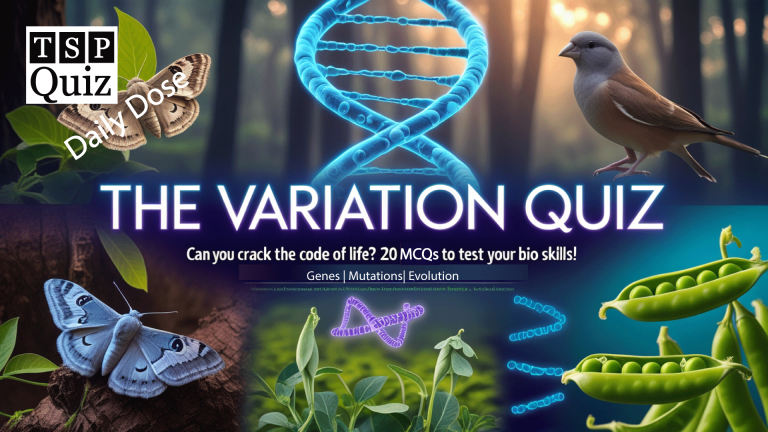Classification of Lipids Quiz
Which type of lipid is found in cell membranes? Find out and sharpen your lipid classification skills with this Classification of Lipids quiz for pre-med students.For more interactive quizzes on biomolecules—like Structure of Proteins, Function of Proteins, and Classification of Proteins—click here to explore our full quiz collection.
Classification of Lipids – Top Student FAQs with Key Examples
What is the classification of lipids in biology?
Biologists classify lipids into three main types: simple, compound, and derived lipids. This system helps students and researchers understand how lipids differ in structure and function, especially in energy storage, membrane formation, and hormone synthesis.
What are simple lipids and provide examples?
Simple lipids are fatty acid esters with alcohols like glycerol. Common examples include triglycerides, which store energy, and waxes, which provide waterproof protection in plants and animals. These lipids are hydrophobic and do not dissolve in water.
How are compound lipids different from simple lipids?
Compound lipids contain fatty acids plus additional groups like phosphates or sugars. For instance, phospholipids form the cell membrane, while glycolipids play roles in nerve tissue and cell recognition. Their structure makes them more functional than simple lipids.
What are derived lipids and why do they matter?
Derived lipids result from the breakdown of simple or compound lipids. Examples include cholesterol, fatty acids, and steroid hormones. These molecules are crucial for producing vitamin D, bile acids, and sex hormones like estrogen and testosterone.
Which lipid types make up cell membranes?
Cell membranes mainly consist of phospholipids and glycolipids. Because of their dual nature—hydrophilic heads and hydrophobic tails—they form bilayers that regulate what enters or leaves the cell, maintaining homeostasis.
Why is lipid classification important in biology and medicine?
Lipid classification helps connect chemical structure to biological function. For example, understanding how LDL cholesterol contributes to heart disease can guide dietary choices and medical treatments. Therefore, it plays a vital role in health science.
What are examples of each type of lipid and their key functions?
Simple lipids include triglycerides, which store energy. Compound lipids like phospholipids build membranes, while glycolipids aid in cell signaling. Derived lipids, such as cholesterol, regulate hormones and maintain membrane fluidity. Each class supports essential biological processes in both plants and animals.







